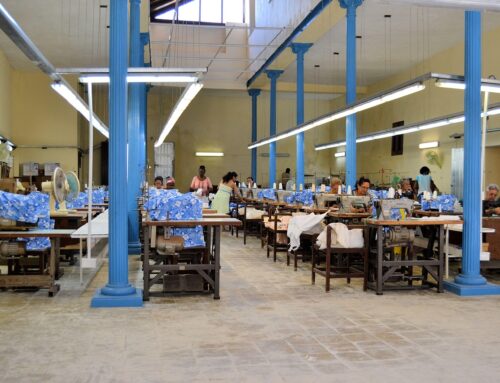Queuing Theory is the study and analysis of waiting lines and uses mathematics to predict queue lengths and waiting times. This is important in the design and operation of many businesses such as theme parks, airports, call centers, and many others.
However, you don’t need a degree in operations research to determine average wait times with just a bit of basic information. Dr. John Little, Institute Professor and Professor of Management Science at M.I.T., formulated a basic formula which came to be known as Little’s Law.
In a stable system, the average arrival rate to a system will equal the average exit rate for the system.
Little’s Law says that the average length of a line (L) is the product of the waiting time in line (W) times the throughput to the system (Lambda).
That is, L = Lambda*W. If we know two of these, we can determine the third using Little’s Law.
So, if we know the average length of the line (L) and the average throughput (Lamda), we can compute what the average wait in line is for a customer.
That is, W = L/Lambda
As a simple example, suppose on average there are 20 people in the security line at an airport. And 2 people pass through the checkpoint every minute. What is the expected wait time for a person in line?
Now, L = 20 and Lambda = 2/minute. Therefore, using Little’s Law, W = 20/(2/minute) = 10 minutes!
Let’s rephrase Little’s Law in terms of the average inventory (I)in a system. Then I = rate (R) at which a unit passes through the system times the average flow time for a unit in the system (T). So, I = R*T.
In two sequential videos, using that last equation, Professor Lisa Bussom of Widener University first introduces Little’s Law in Video 1, and then solves an inventory problem in Video 2.







Leave A Comment